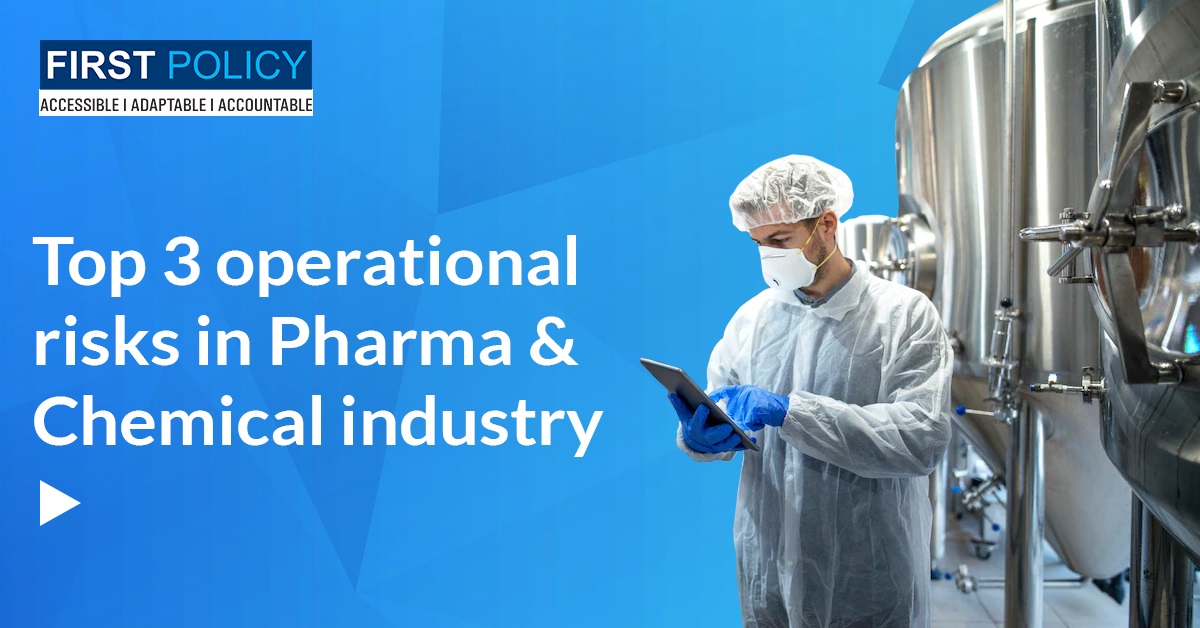
WHO Guidelines for the Pharmaceutical Industry Development
World Health Organization (WHO) released a report containing guidelines and specifications for pharmaceutical applications and industry functioning. It is the display of knowledge that was gathered after scientific experiments and quality risk management in the development of a product and its manufacturing process inside the pharmaceutical industry. The following are some direct motives behind these guidelines.
WHO guidelines include a Pharmaceutical Development section which provides a better understanding of the product manufacturing process inside the active industry area for the surveyors, reviewers, and inspectors in case of risk management and quality checks.
With flexible regulatory approaches, it gives a greater comprehension of the pharmaceutical sciences with the relevant required information.
- CREATING DESIGN SPACE, SPECIFICATIONS, AND MANUFACTURING CONTROL
To develop the pharmaceutical industry better with innovation and rising technology, WHO has listed to prioritize designing quality products with consistent manufacturing processes to deliver performance from time to time. The establishment of design space and manufacturing controls will come from the apt comprehension of pharmaceutical development studies and manufacturing experience. This leads to a clear differentiation between testing and building quality.
- FORMULATION AND IMPLEMENTATION OF SUPPLY CHAIN STRATEGIES
Information from pharmaceutical development studies as mentioned in the guidelines given by WHO can be a basis for quality risk management. Changes in formulation and manufacturing processes during development and lifecycle management should be looked upon as opportunities to gain additional knowledge and further support the establishment of the design space.
Following are a few guidelines mentioned by WHO.
- ORGANIZATION AND MANAGEMENT
The laboratory should be organized and operated having managerial and technical personnel with the authority and resources needed to carry out their duties. It must include a quality management system that is not subject to commercial, political, financial, and other pressures or conflicts of interest that may adversely affect the quality of their work.
- CONTROL OF DOCUMENTATION AND CONFIDENTIALITY
Being an essential part of a quality management system, documentation must be precise with an approach to ease out the functioning of a pharmaceutical. The laboratory should establish and maintain procedures 95 to control and review all documents.
- BUILDING FAVORABLE PREMISES
The production and function area of a pharmaceutical is to be of a suitable size, construction, and location. This should facilitate to suit the functions and operations to be conducted inside. The environmental conditions, including lighting, energy sources, temperature, humidity, and air pressure, must be appropriate to avoid avoidable risks.
- GENERAL RULES OF SAFETY
General and specific safety instructions reflecting identified risks should be made available to each staff member and every person involved in the supply chain. Accordingly, the equipment and clear instructions for using the materials should be very straightforward for any human error to occur. At the same time, the preparedness for any hazard to occur is important too.


